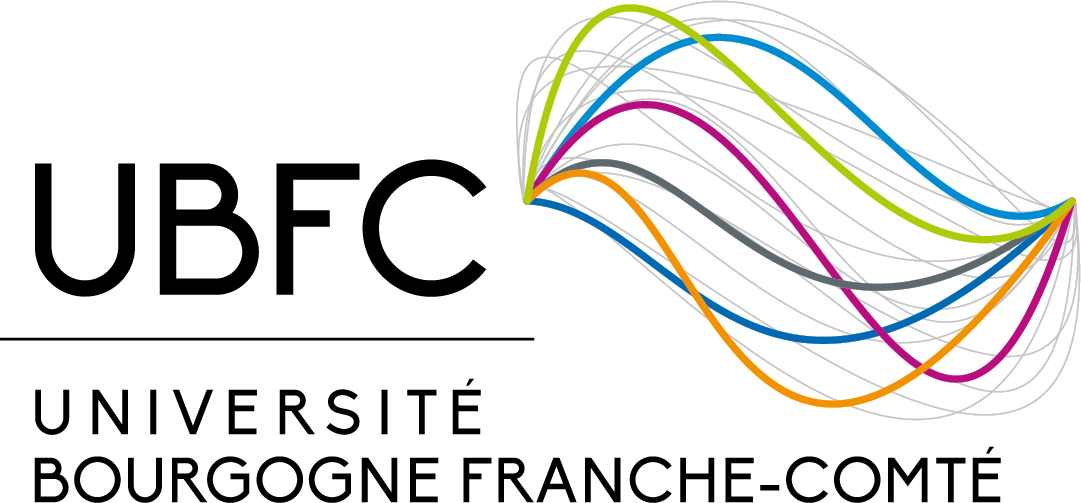Reach endpoint formation during the visuomotor planning of free arm pointing
| Affiliation auteurs | !!!! Error affiliation !!!! |
| Titre | Reach endpoint formation during the visuomotor planning of free arm pointing |
| Type de publication | Journal Article |
| Year of Publication | 2014 |
| Auteurs | Berret B, Bisio A, Jacono M, Pozzo T |
| Journal | EUROPEAN JOURNAL OF NEUROSCIENCE |
| Volume | 40 |
| Pagination | 3491-3503 |
| Date Published | NOV |
| Type of Article | Article |
| ISSN | 0953-816X |
| Mots-clés | eye-hand coordination, free choice, motor planning, saccades, target selection |
| Résumé | Volitional motor control generally involves deciding where to go' and how to go there'. Understanding how these two constituent pieces of motor decision coordinate is an important issue in neuroscience. Although the two processes could be intertwined, they are generally thought to occur in series, whereby visuomotor planning begins with the knowledge of a final hand position to attain. However, daily activities are often compatible with an infinity of final hand positions. The purpose of the present study was to test whether the reach endpoint (where') is an input of arm motor planning (how') in such ecological settings. To this end, we considered a free pointing task, namely arm pointing to a long horizontal line, and investigated the formation of the reach endpoint through eye-hand coordination. Although eye movement always preceded hand movement, our results showed that the saccade initiation was delayed by similar to 120ms on average when the line was being pointed to as compared with a single target dot; the hand reaction time was identical in the two conditions. When the latency of saccade initiation was relatively brief, subjects often performed double, or even triple, saccades before hand movement onset. The number of saccades triggered was found to significantly increase as a function of the primary saccade latency and accuracy. These results suggest that knowledge about the reach endpoint built up gradually along with the arm motor planning process, and that the oculomotor system delayed the primary reach-related saccade in order to gain more information about the final hand position. |
| DOI | 10.1111/ejn.12721 |
